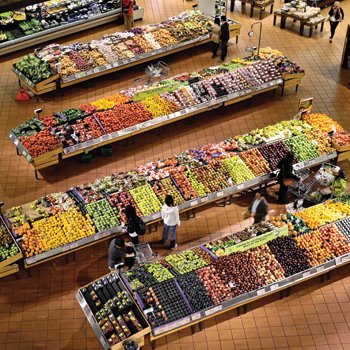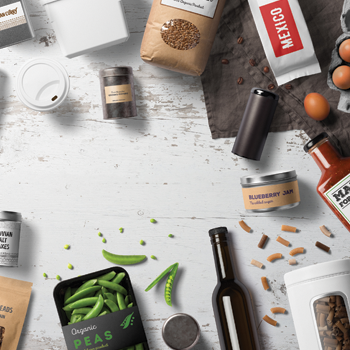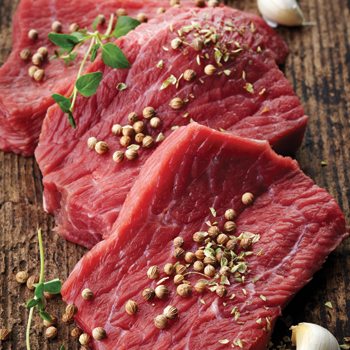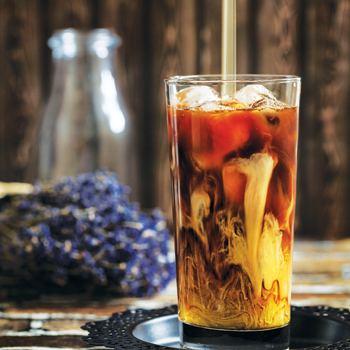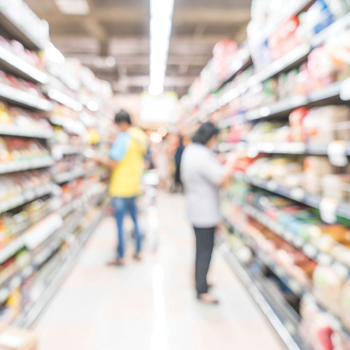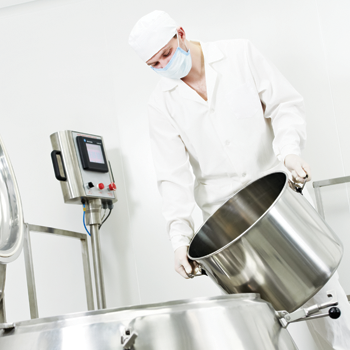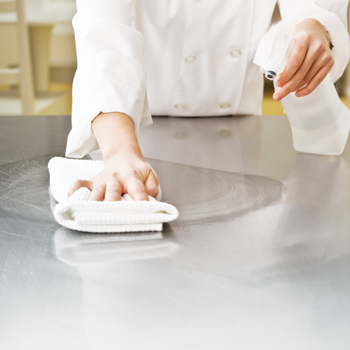บรรจุภัณฑ์สุญญากาศ… นวัตกรรมในการถนอมอาหารแช่เย็น
การใช้แพ็คเกจแบบสุญญากาศถือเป็นเรื่องที่พบได้ทั่วไปในอุตสาหกรรมอาหารในปัจจุบัน อย่างไรก็ตาม เทคโนโลยีที่ดึงเอาออกซิเจนออกจากอาหารและการแพ็คแบบสุญญากาศเพื่อยืดระยะเวลาเก็บรักษา ซึ่งถูกคิดค้นตั้งแต่ทศวรรษ 1940s นั้นไม่ใช่เรื่องใหม่อีกต่อไป และเทคโนโลยีในปัจจุบันนั้นก็ได้เปลี่ยนแปลงวิธีการเก็บรักษาและจำหน่ายอาหารในร้านค้าไปอย่างมาก
อาหารในแพ็คสุญญากาศเก็บได้นานกว่าอาหารแช่เย็นถึง 5 เท่า
การคิดค้นแพ็คเกจสุญญากาศที่ทนทานเพื่อใช้ในการจำหน่ายสินค้า ถือเป็นจุดเริ่มต้นของอุตสาหกรรมอาหารบรรจุสุญญากาศในปัจจุบัน โดยเครื่องแพ็คสุญญากาศที่บริษัทบรรจุอาหารเริ่มนำมาใช้ในระดับอุตสาหกรรมยุคแรกนั้นถูกผลิตขึ้นในทศวรรษที่ 1940s ความสามารถในการดึงออกซิเจนออกจากอาหารและการบรรจุแบบสุญญากาศช่วยเพิ่มระยะเวลาการเก็บรักษาอาหารได้ถึง 5 เท่าเมื่อเทียบกับการเก็บรักษาอาหารในตู้เย็น ซึ่งถือเป็นการเปลี่ยนแปลงนวัตกรรมการเก็บรักษาอาหาร และรูปแบบการจัดวางผลิตภัณฑ์อาหารในร้านค้าปลีกครั้งใหญ่ นอกจากนี้ยังช่วยให้ผู้ผลิตสามารถประหยัดต้นทุนและเพิ่มรายรับได้อีกด้วย
แม้ว่าเทคนิคนี้จะช่วยยืดระยะเวลาการเก็บรักษาอาหารแช่เย็นด้วยการดึงอากาศออก แต่แบคทีเรียบางชนิด เช่น C. botulinum ก็ยังสามารถเจริญเติบโตได้ โดยแบคทีเรียชนิดดังกล่าวจะผลิตสารที่เป็นอันตรายและอาจทำให้ถึงชีวิตได้จากอาการอาหารเป็นพิษ โดยแบคทีเรียนี้สามารถพบได้ทั่วไปในอากาศและยังพบได้ในอาหารด้วย ไม่เพียงเท่านั้น สปอร์ของแบคทีเรียดังกล่าวยังคงเติบโตและผลิตสารพิษได้ แม้จะมีการดึงอากาศออกจากอาหารแล้ว ดังนั้น อาหารแช่เย็นสุญญากาศต้องมีการควบคุมอุณหภูมิตลอดเวลาการเก็บรักษา เพื่อลดความเสี่ยงจากการเติบโตของแบคทีเรีย และต้องไม่ลืมว่ายังมีความเสี่ยงจากแบคทีเรียชนิดอื่นด้วย เช่น Listeria monocytogenes โดยผู้ผลิตจะต้องคำนึงถึงทุกครั้งเวลาบรรจุอาหารในแพ็คเกจสุญญากาศ
Today the use of vacuum packaging is nearly universal in the food manufacturing industry. However, the technology to draw oxygen away from food and vacuum seal it for a longer shelf life is relatively new. Invented in the 1940s the new technology radically changed how food was presented in stores.
The invention of heavy-duty commercial food vacuum sealers was the dawn of vacuum food as we know it today. The first vacuum sealer to be owned and operated by food packaging corporations was built in the 1940’s. The capability to remove oxygen from food and vacuum seal it for a longer shelf life – up to 5 times as long as refrigerated food – dramatically changed what food could be stored and how it could be presented in stores. It saved manufacturers a great deal of money and increased their earnings.
Although this technique generally increases the shelf-life of chilled foods by removing air, certain bacteria, including C. botulinum, may still be able to grow. C. botulinum can produce a very harmful toxin that can cause a fatal form of food poisoning. It is commonly found in the environment as spores and could be in food.
Moreover, removing air from food packaging can allow these spores to grow and produce toxins. Thus, vacuum chilled foods must have controls in place, throughout the shelf-life of the product, to minimise the risk of this bacterium growing and producing toxin. And remember to consider other risks, such as Listeria monocytogenes, when setting a shelflife for vacuum foods.
